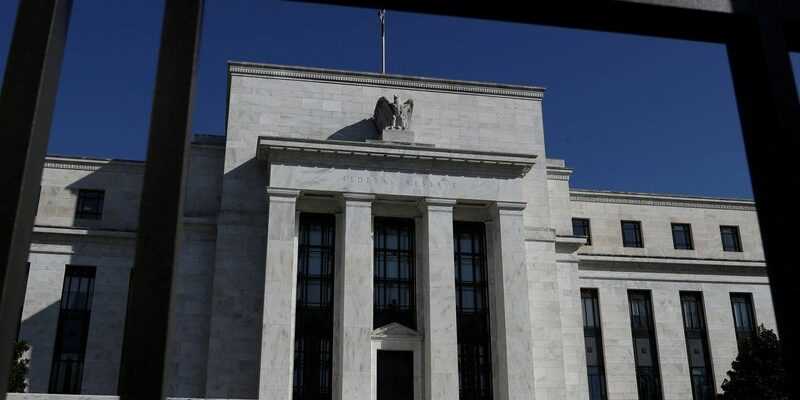Late fall 2021 workers also said they enjoyed the benefits of working from home, even as the recovery from the coronavirus pandemic continued, with little enthusiasm returning to the office and general optimism in the job market. work.
These two findings are part of the U.S. central bank’s annual report, “Survey of Household Economics and Decisionmaking,” based on responses from 11,000 adults in October and November 2021. , before a spike in COVID-19 cases due to the Omicron variant briefly dented economic growth.
This matches other data, which found not only that Americans in general have seen their finances improve over the past two years, but that the gains have been felt most by the racial and ethnic groups that have been affected. disproportionately when the pandemic hit in March 2020 and more than 20 million people lost their jobs.
Black and Hispanic households saw greater acceleration in real incomes relative to white families between 2019 and 2021 as labor market recovery gained momentum and tax policies preserved gains, report says released earlier this month by the JPMorgan Chase Institute, a global think tank.
Some 78% of adults said they were living comfortably or doing “well” financially, up from 75% in 2020 and the highest level since the survey began in 2013, the Fed survey showed, and the good Being financial increased across all racial and ethnic groups, with a noticeable jump among Hispanics.
Healthier household balance sheets overall are due to a combination of pandemic-era direct cash payments and enhanced unemployment benefits that have cushioned the economic blow of the pandemic on Americans in 2020 and part of 2021 , rising asset prices, and a tight labor market fueling strong wage increases.
Fed officials added that the sharp increase in the number of children attending private schools and the temporarily enhanced child tax credit passed earlier in 2021 also likely contributed.
The share of Americans who said they would be able to cover a hypothetical emergency expense of $400 using cash, savings or a credit card paid off on the next statement also reached the lowest level. higher since the start of the survey, or 68% against 64% in 2020, the Fed said.
ABUNDANT JOBS, BUT FOR HOW LONG?
The Fed is currently trying to contain inflation, which is at its highest level in 40 years, and adopted a more aggressive monetary policy late last year after two years of deliberately maintaining financial conditions. flexible to protect the economy from the worst of the pandemic.
The central bank began its tightening cycle in March and has already raised its benchmark rate for overnight lending by 75 basis points as it tries to rein in demand from US consumers who still have some fiscal power. purchase despite soaring prices exacerbated by depleted supply chains caused by the war in Ukraine and periodic pandemic-related lockdowns in China.
The Fed is keeping a close eye on the US unemployment rate, which at 3.6% currently is back near pre-pandemic levels, as it strives to stifle inflation without causing outsized job losses more likely to affect the same communities that have benefited most from an expanded labor market.
So far, there are few red flags. The Financial Wellbeing Report showed that at the end of last year, when the unemployment rate was even higher, 15% of workers said they had changed jobs in the past year and that most of those who did said the job change was an improvement.
About 22% of employees were working from home in the fall of last year, down from 29% the year before, and well above the 7% who were working completely from home before the pandemic.
Most workers said they wanted to continue doing so, citing a better work-life balance, and said they would be about as likely to look for a new job if forced to return to the office as if their employer was enforcing a wage freeze, according to the Fed report. (Reporting by Lindsay Dunsmuir and Ann Saphir; Editing by Paul Simao)
